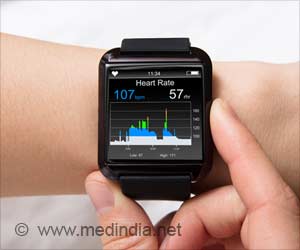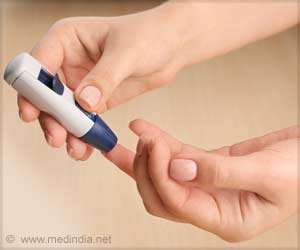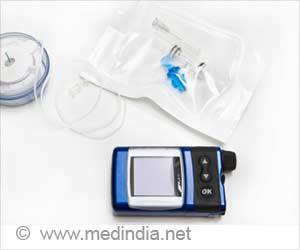Is your waistline growing? So are the dangers! A bigger waist circumference (WC) increases the risk of diabetes, metabolic diseases, and death.

Bigger Waist, Greater Disease Burden
In this study, we explored the relationships between WC and both all-cause and cardiovascular mortalities among individuals with DM.‘More Waist, More Worries: Your waistline is more than just a number—it's a warning sign for diabetes, metabolic risks, and life expectancy. #diabetes #WaistCircumference #waistline #medindia’





The findings of the study are published in the journal Exploratory Research and Hypothesis in Medicine (1✔ ✔Trusted SourceAssociation of Waist Circumference with All-cause and Cardiovascular Mortalities in Diabetes from the National Health and Nutrition Examination Survey 2003 - 2018
Go to source).
Participants from the National Health and Nutrition Examination Survey 2003–2018 included 3,151 women and 3,473 men with DM who had baseline WC measurements. Survival data were collected from enrollment until December 31, 2019.
Cox proportional hazard models were adjusted for demographic features and other confounders. Restricted cubic spline curves and threshold effect analyses were performed separately for men and women. Sensitivity analyses were conducted to minimize reverse causality.
Gender Differences in Waist Circumference and Death Risk
Among 6,624 participants with DM, 621 women and 871 men died during median follow-ups of 6.8 and 6.3 years, respectively. WC demonstrated a U-shaped association with all-cause and cardiovascular mortalities in women, and a J-shaped trend in men.The optimal WC thresholds for minimizing mortality risk were 107.0 cm for women and 89.0 cm for men. For women, adjusted hazard ratios for all-cause mortality were 0.97 (95% confidence interval (CI): 0.96–0.98, P < 0.001) for WC below 107.0 cm and 1.04 (95% CI: 1.02–1.05, P < 0.001) for WC above 107.0 cm.
Advertisement
WC showed a U-shaped association with all-cause and cardiovascular mortalities in women and a J-shaped association in men among U.S. adults with DM from the National Health and Nutrition Examination Survey.
Advertisement
Reference:
- Association of Waist Circumference with All-cause and Cardiovascular Mortalities in Diabetes from the National Health and Nutrition Examination Survey 2003–2018 - (https://www.xiahepublishing.com/2472-0712/ERHM-2024-00400)
Source-Eurekalert















